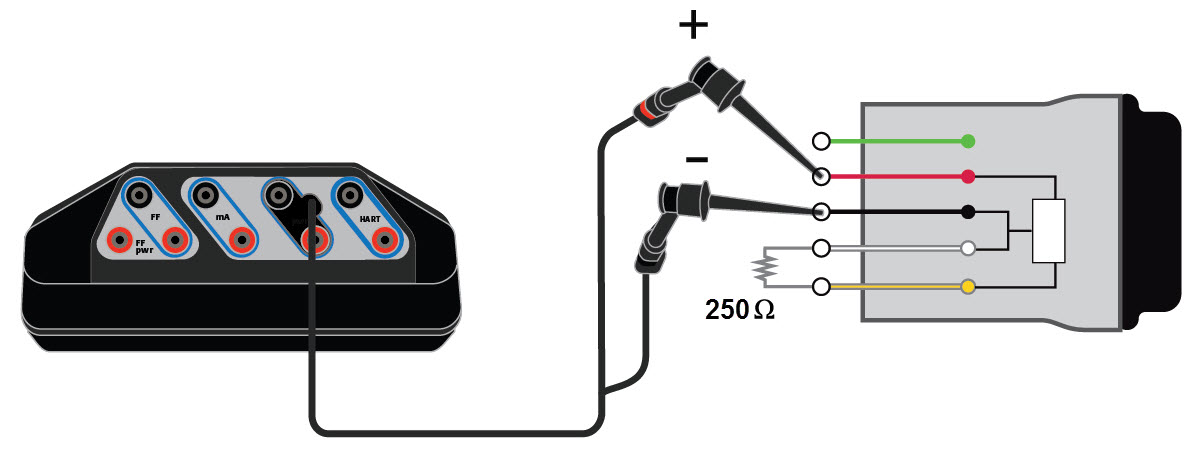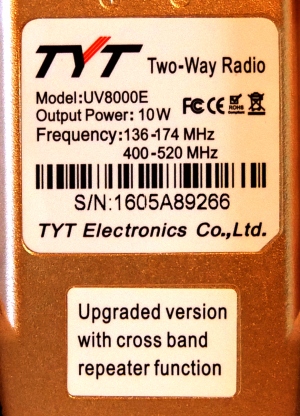


This book describes various symptoms that could be diagnosed after studying the ECG waveform. This book has a lot of great information and I found it really very useful in my project.Īnd there is this reference book which helps in analyzing the ECG waveforms. A small reference book is highly recommended for you. It is not easy to identify ECG waveform when you are doing it for the first time. NOTE: Building your first ECG will get you confused about a lot of things. My main aim is to get a clean ECG waveform combined with a pulse oximeter. I aim on working more on circuit in coming few months. Wiring between your Transceiver Microphone and the KPC-3 Plus: Follow the notes taken above and wire the cable assembly in the following order: Step 1. Really nice blog, a lot of interesting stuff out there, also i am thankful to SWharden for helping me out when I was trying this out.
#Wire diagram tyt uv8000e full
You can find the main article and full project documentation by swharden here: I got something like this when i did this experiment: Select cut off frequency of around 40Hz, and you will be able to see those spikes remain intact and noise getting reduced significantly. Authorized Baofeng, TYT, Xiegu, QYT Distributor. After recording there is a option for low pass filter. Radioddity is the place to go for all your amateur, business and free-license radio needs. But the spikes will be visible coming out from noise. Probably that you will see a lot of noise. Start recording on the software, you should see sudden spikes on your screen in the recording software. Turn on your circuit, connect the leads on your chest.
#Wire diagram tyt uv8000e software
I would highly recommend that you put those electrodes on your chest.ĭownload the software Goldwave, and get started. Now grab some copper coins or any metallic surface, attach some wires to it and those wires will go to the + and – of the opamp as shown in circuit. Yes you got it right, the circuit is very simple. Currently i am working on simple ECG circuit (electrocardiograph) using simple sound card input to view the wave forms.


 0 kommentar(er)
0 kommentar(er)
